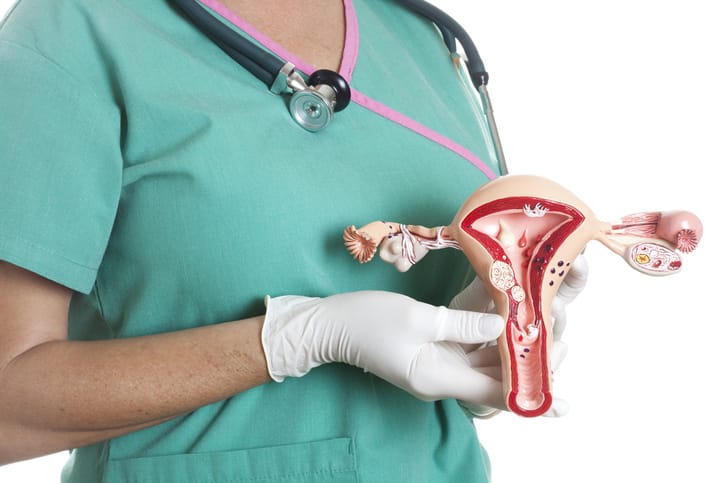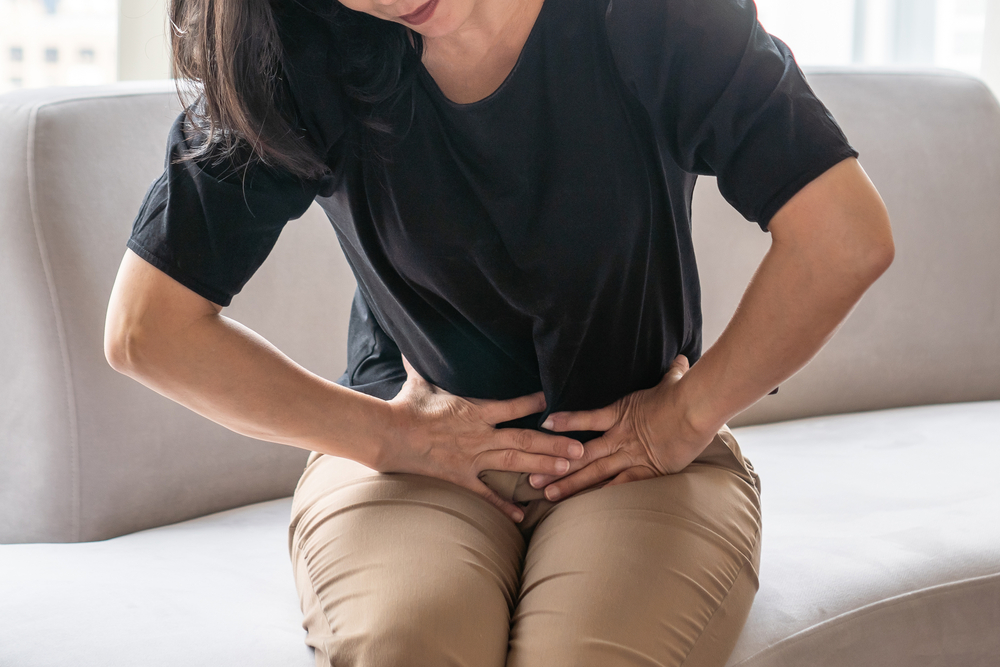We will talk in this article about pelvic inflammatory disease medication.
But first, we should know what pelvic inflammatory disease is, and its symptoms.
What’s pelvic inflammatory disease?
It is an infection caused by several types of bacteria such as chlamydia, gonorrhea, and mycoplasma genitalium.
The most common cause of pelvic inflammatory disease (PID) is the bacteria comes from sexually transmitted infections (STIs).
PID spreads from the vagina to the uterus, fallopian tubes, or ovaries.
Unless it is treated, it will be hard to become pregnant, so it’s necessary to know pelvic inflammatory disease medication.
About 770,000 women are diagnosed with this disease every year.

Symptoms of pelvic inflammatory disease
Before talking about pelvic inflammatory disease medication we have to consider the symptoms of this disease.
Although some women don’t have any symptoms of this disease, but others have:
Pain in lower abdominal, and pelvis.
Vaginal bleeding after sex, pain during sex.
Irregular periods.
Have fever, and chills.
Unusual vaginal discharge (color may be green or yellow with foul odor).
If you suffer from any of these symptoms, you have to see your doctor.
You should know that these symptoms may start suddenly.
If you have severe abdominal pain, a high fever of more than 38.5℃, or fainting.
You must call an emergency, as this proves that the infection may be spread to the bloodstream and other areas of your body.
To know the suitable pelvic inflammatory disease medication doctors have to diagnose the disease first.
 How is pelvic inflammatory disease diagnosed?
How is pelvic inflammatory disease diagnosed?
Your health provider will need to know your medical history, and symptoms of your disease, and also need some tests.
These tests are:
Blood test and urine test.
Pelvic exam to check your reproductive organs.
Vaginal culture to identify the certain bacteria in your vaginal discharge.
Ultrasound to have clear images of the reproductive organs.
There are additional tests if your health provider still can’t determine whether the disease is pelvic inflammatory disease or not.
These additional tests are:
Endometrial biopsy
It's a procedure done by inserting a tube into the uterus to obtain a sample of endometrial tissue and testing it to know the disease.
Laparoscopy
To take a closer look at the reproductive system.
When the disease is diagnosed your doctor will tell you about pelvic inflammatory disease medication.
 The pelvic inflammatory disease medication
The pelvic inflammatory disease medication
Pelvic inflammatory disease medication treats the infection caused by pelvic inflammatory disease.
But it won’t reverse the damage to reproductive organs.
So the earlier the disease is diagnosed, the more effective treatment with antibiotics will be.
Pelvic inflammatory disease medication includes the following:
Antibiotic
Your doctor will give you a combination of antibiotics that you take by mouth, you will take the antibiotics for 14 days.
Your doctor will ask you to return after 3 days to check if the medication is working or not.
If you feel better, don’t stop taking the medication.
You must take all your medicine to avoid getting infected again with pelvic inflammatory disease.
Some people who take the combination of antibiotics don't feel better.
And the symptoms of the disease are still as before no change happens.
In this case, you have to go to the hospital and take the antibiotic through intravenous injections (IV).
Also there are other cases that need to take pelvic inflammatory disease medication by intravenous injection (IV), like:
There are some antibiotics that couldn't be given orally.
Cannot swallow the tablets.
Too sick, vomiting, and having a high fever.
Abscess in ovaries or fallopian tubes is called (tubo-ovarian abscess).
What’s the first line for pelvic inflammatory disease?
Doxycycline(100 mg 2 times/day by mouth or IV for 2 weeks) plus Ceftriaxone (1 g IV once every day for 2 weeks) plus Metronidazole (500 mg 2 times/day by mouth or IV).
Cefotetan( 2 g IV 2 times/day) or Cefoxitin (2 g IV 3 times/day) plus Doxycycline (100 mg 2 times/day by mouth or IV).
We should know that Doxycycline causes pain when you take it by IV so it’s preferred to be taken orally if it’s possible.
What is the most effective antibiotic for pelvic inflammatory disease?
Ampicillin-sulbactam plus Doxycycline is the most effective as it has broad spectrum coverage.
When the disease is mild to moderate, in this case, you can administer the antibiotic orally and intramuscular IM as:
Ceftriaxone (500 Mg IM only one dose) plus Doxycycline (100 gm 2 times per day orally ) plus Metronidazole (500 mg 2 times per day orally for 14 days).
Cefoxitin (2g IM one dose) plus Doxycycline for 14 days plus metronidazole for 14 days.
Cephalosporin (third generation) has more anaerobic coverage than Cefoxitin (second generation), it is also used in combination with Doxycycline plus Probenecid.
Also, Metronidazole is added to the combination of the treatment as it has extended coverage against anaerobes.
In some cases, surgery is necessary such as:
The symptoms of pelvic inflammatory disease are still there.
No response to the antibiotics.
The Abscess hasn’t been cured.
What about the partner and pelvic inflammatory disease medication?
The partener should take the treatment as he may have the disease but without any symptoms.
If your partner doesn’t take the treatment, you may be infected again.
5 ways to prevent pelvic inflammatory disease
1.Don’t use douches for long periods.
2.Use a condom during having sex.
3.It’s preferred to wipe from front to back when you use the bathroom to prevent bacteria from spreading to your vagina.
4.Make tests to determine if you have sexually transmitted infections (STI) or not.
5.You should have a regular gynecological examination.
Complications of pelvic inflammatory disease
Infertility ( it will be so hard to have a baby).
High probability of ectopic pregnancy (means that your pregnancy occurs outside the womb.
Having chronic pelvic pain.
Summary
Pelvic inflammatory disease is infection attacked the reproductive system of female caused by certain bacteria.
It can be treated by pelvic inflammatory disease medication as antibiotics.


You must be logged in to post a comment.